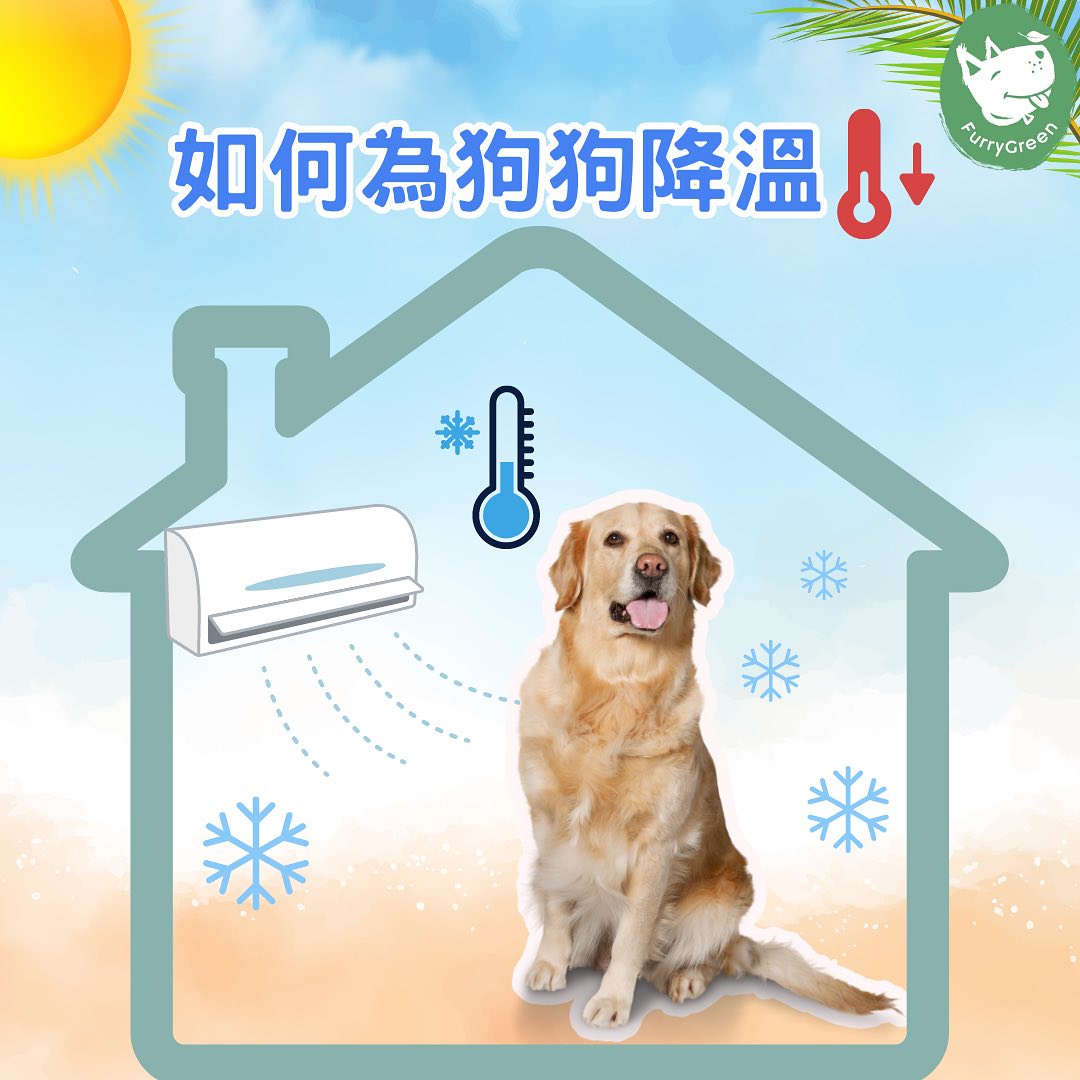
Heatstroke in Dogs: Quick Action Guide for Pet Parents
Share
Heatstroke in Dogs: Recognising the Signs and Taking Swift Action
What is Heatstroke in Dogs?

Normal canine body temperature: 101–102.5°F (38.3–39.2°C).
Heatstroke: when body temperature rises above ~105°F (40.5°C). At this level, proteins and cells start to break down, and organ failure can occur.
📌 Dogs at highest risk:
Brachycephalic breeds (short-nosed: Bulldogs, Pugs, Frenchies)
Overweight dogs
Thick-coated breeds (Huskies, Chow Chows, Pomeranians)
Puppies, seniors, and dogs with heart or respiratory disease
Stay Ahead of Pet Health
Get expert tips and exclusive offers delivered straight to your inbox.
Recognising the Signs of Heatstroke

Heatstroke symptoms can escalate rapidly. Watch for:
- Excessive panting (loud, laboured, or persistent)
- Thick drool (saliva may appear sticky)
- Red or dark gums/tongue (a warning sign of poor oxygenation)
- Rapid heart rate (sometimes visible in chest movement)
- Weakness, wobbliness, or collapse
- Vomiting and/or diarrhea (may contain blood in severe cases)
- Confusion, unresponsiveness, or seizures
⚠️ Critical sign: If your dog collapses, cannot stand, or becomes unresponsive, treat this as a medical emergency.
Emergency First Aid: What to Do Immediately

If you suspect heatstroke, act fast while preparing to get to a veterinarian.
- Move to a cool area (indoors with AC or in shade).
- Apply cool (not cold) water to the body, focusing on the paws, belly, armpits, and groin.
- Use damp towels or a fan to increase heat loss.
- Offer small amounts of cool water if your dog is alert—never force drinking.
- Monitor rectal temperature if possible. Stop active cooling once 103°F (39.4°C) is reached to prevent overcooling.
- Avoid ice baths: Extreme cold constricts blood vessels and can slow cooling, even causing shock.
🚑 Next step: Transport your dog to the nearest veterinary clinic immediately. Even if your dog seems to improve, internal organ damage may still be progressing.
A Note on Preventing Heatstroke
Prevention is always the best medicine. Here is your quick checklist to keep your dog safe.
🌅 Walk during cool hours (early morning, late evening).
💧 Keep fresh water available at all times.
🌳 Provide shade outdoors.
🚫 Never leave dogs in cars—not even for a minute.
❄️ Use cooling gear like vests or mats for high-risk dogs.
🏃 Adjust exercise on hot days.
🐾 Check pavement temperature before walking.
🐶 Know your dog’s limits, especially for at-risk breeds.
Frequently Asked Questions
Can a dog survive heatstroke without a vet?
It is extremely risky and not recommended. While immediate cooling measures are crucial, heatstroke can cause severe internal organ damage that isn't visible. Issues like kidney failure, brain swelling, and blood clotting disorders can develop even after the dog seems to have cooled down. Veterinary care is essential to manage these complications with IV fluids, oxygen, and monitoring, which significantly increases the chance of survival.
How long does it take for a dog to recover from heatstroke?
Recovery time varies widely based on the severity of the heatstroke and how quickly treatment was started. Mild cases might see improvement within a day, but severe cases can require several days of hospitalization. Full recovery from organ damage can take weeks to months, and some dogs may have lasting health issues. Consistent follow-up with your vet is key to monitoring their recovery.
What's the difference between heat exhaustion and heatstroke?
Heat exhaustion is the stage before heatstroke. It includes symptoms like heavy panting, thirst, and slight weakness. At this stage, the dog can usually recover if moved to a cool place with water. Heatstroke is far more severe, occurring when the body's temperature rises to a dangerous level (above 105°F or 40.5°C). It involves symptoms like wobbliness, confusion, vomiting, dark red gums, and potential collapse or seizures. Heatstroke is a life-threatening emergency requiring immediate veterinary intervention.
Conclusion: Stay Cool, Stay Safe
Heatstroke in dogs is fast, severe, and often preventable. By learning the early warning signs, acting quickly with cooling first aid, and seeking prompt veterinary care, you can save your dog’s life.
Your furry friend depends on you—so stay alert, prepared, and proactive during the hot months.
Further Reading:
Keeping Your Dog Comfortable Indoors During Hong Kong's Hot, Humid Summers📚 References
- American Veterinary Medical Association (AVMA): Heat Stress in Pets
- VCA Animal Hospitals: Heatstroke in Dogs
- Merck Veterinary Manual: Heatstroke in Animals
- eClinPath (Cornell University): Heatstroke
